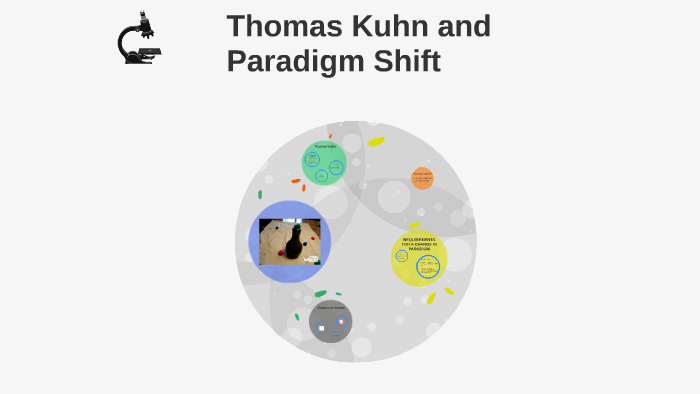

Stage 4: The New NormalĪfter the scientific revolution comes a period of stability. Just because a population (or significant portion) adopts Fascism, this doesn’t make it a better social and political system than its predecessor. In society and commerce, the concept of necessary improvement is debatable. In science, each new paradigm must have superior explanatory and predictive power, making it better than the last.

Whatever the change in thinking, people (scientists) must see it as an improvement, and adopt it. Or, maybe it’s a new way of doing things – that works – like a production line, or a National Health Service. Perhaps it is a new technology like the personal computer, internet, or electric vehicle. In society, it may be a political shift like the emergence of Communism in the 1910s, Fascism in the 1930s, or (who knows) Populism in the 2010s. This may be a single, transformative theoretical insight, a startling empirical observation, or the accumulation of experimental findings that do not fit the prevailing paradigm. In the science community, some new research opens up a startling insight. Outside of science, we see a current state of affairs that people understand well, and in which parts of society and commerce thrive. Stage 1: Situation Normalįamiliar science seems to work well, accounting for the vast majority of phenomena and allowing applied scientists and engineers to make predictions and harness their understanding. In science, paradigm shifts happen as the outcome of a four-stage process. And a paradigm shift is when a big chunk of that community swaps their old conceptions for new ones. It is a core way of thinking about some aspect of our world, or experience. They are held in common by a significantly large community. So, a paradigm is a shared set of understandings, conceptions, interpretations, and beliefs. When a critical mass of opinion has changed, we have a paradigm shift. Where the evidence supports this and, crucially, where no counter-evidence emerges, scientists will start to adopt this new framework. More often, though, revolutions come about because someone develops a whole new way of thinking about our world, as Einstein and Darwin did. Or of creating new models that we can test with novel experiments.īut, sometimes, we discover a wholly new phenomenon, which demands a substantial re-think. In the scientific method, Kuhn reminded us, science normally proceeds by refining theories and models as the result of new experimental evidence.

It’s not just the latest new product, as marketing professionals would too-often have us believe. But I cannot emphasise the word ‘fundamental’ enough. What is a Paradigm Shift?Ī paradigm shift is a fundamental change in our understanding, approach, or underlying assumptions. It became frequently-used corporate-speak jargon and a staple of the ever-popular game of buzzword bingo, alongside blue-sky thinking and synergy. But, somehow, in the late 1980s and early 1990s, his terminology caught on. When I first encountered it, as a science undergraduate in the 1990s, it was no longer much talked about. Because, basically, it was an academic text on the philosophy of science. His book, The Structure of Scientific Revolutions ( US| UK) became a surprising best-seller. He envisioned radical changes in our conception of the physical world. In 1962, philosopher Thomas Kuhn set out his theory for how new scientific theories supplant those that come before. So, what then is a paradigm shift, and how do they come about? In the 1980s we might have called them quantum leaps, with even less justification. Or is it just because we have a label for these changes? We call them paradigm shifts. Is this a real effect or what getting older feels like? How many times in your life have you noticed that, somehow, there has been a substantial change in the way you – and others around you – think about something important? It seems to happen more and more often. Such is the fate of Thomas Kuhn’s idea of the Paradigm Shift. It becomes over-used and, despite its validity, it becomes devalued. People latch onto it without fully understanding it. Sometimes a Big Idea gets inflated beyond its carrying capacity.


 0 kommentar(er)
0 kommentar(er)
